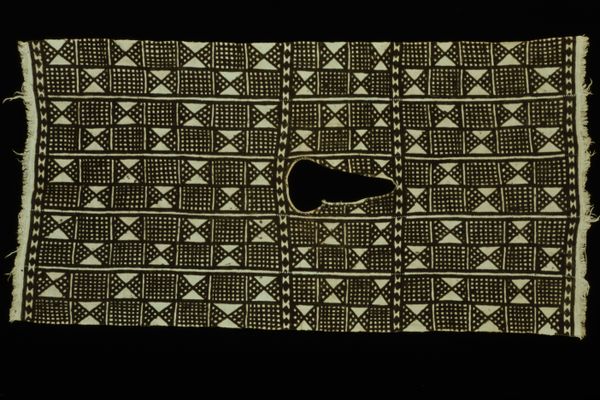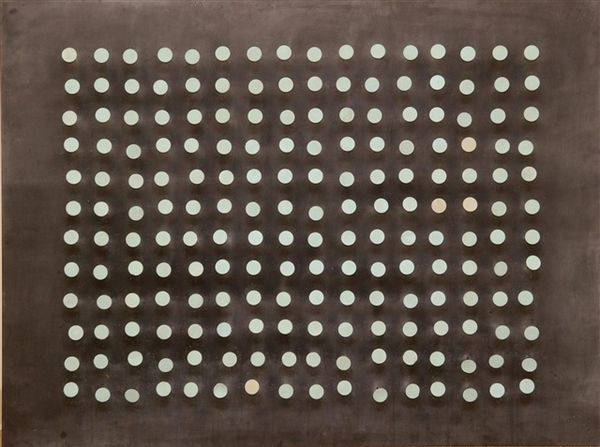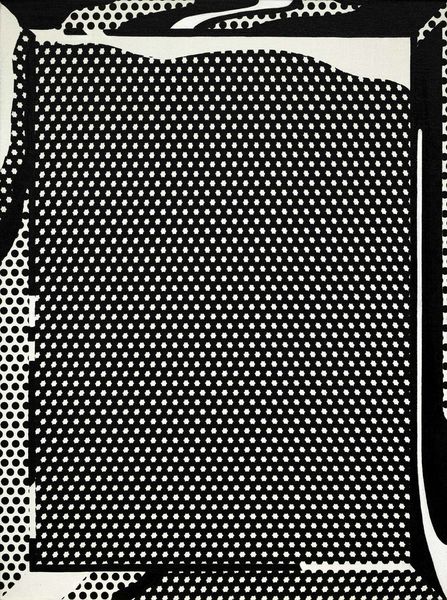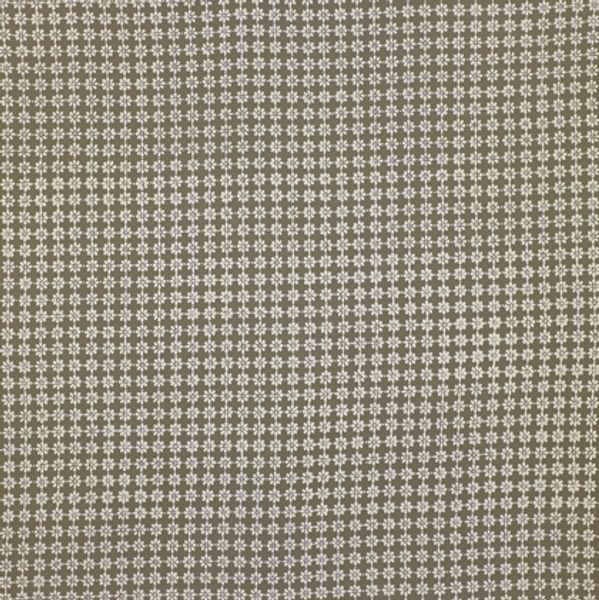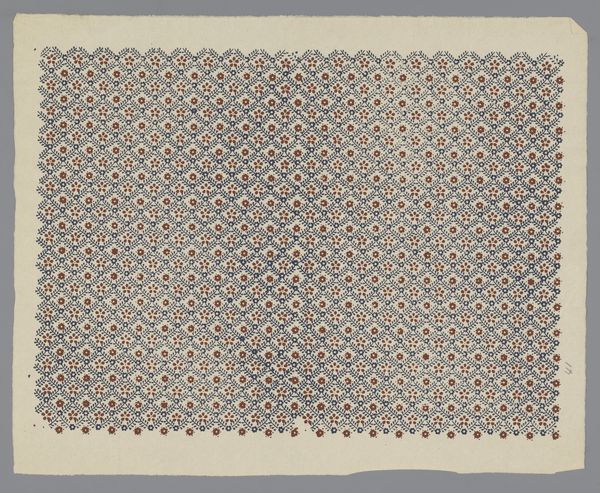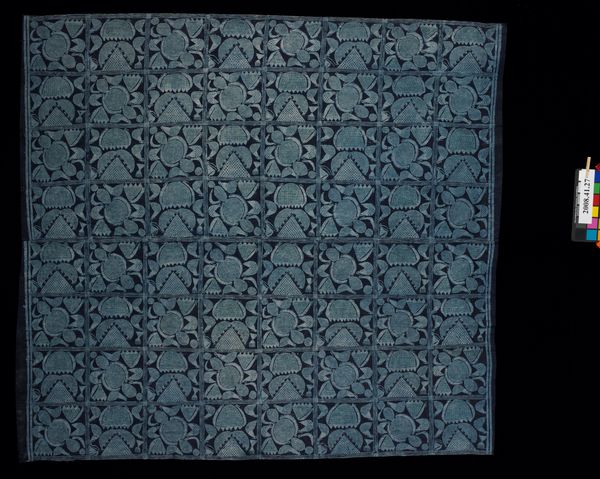
fibre-art, textile, cotton
#
fibre-art
#
textile
#
geometric
#
repetition of pattern
#
cotton
Dimensions: 42 1/2 x 27 3/4in. (108 x 70.5cm)
Copyright: Public Domain
Curator: Well, this child’s skirt immediately pulls you in with its visual complexity. Editor: I'm drawn to the repetition—the way the patterns play across the fabric, creating a powerful rhythm. Is that intentional? Curator: Definitely. The Child's Skirt, attributed to Nakun Diarra, and created around the 20th century, uses fibre-art techniques. The cotton cloth displays rows of alternating geometric motifs. Diarra clearly leverages the interplay of visual elements. Editor: The symbols look powerful and are reminiscent of traditional patterns from other parts of the world. I wonder if they served to teach social or spiritual concepts to the child who wore it? Curator: I imagine it would be deeply embedded within its culture and community. Textiles carry not just designs, but histories. We can read it like a form of visual encoding. It’s housed at the Minneapolis Institute of Art. Think about how the context shifted in the migration of an object such as this! Editor: Right, from the personal, lived experience of its wearer to its present status as an artwork within an institution. Does the skirt's condition or structure reveal information about the life it led, perhaps hinting at the child who wore it, and where they lived? Curator: To me, the patterns evoke a sense of ordered structure, yet they also leave room for individual stories. Like a child stepping into adulthood and shaping its own place in society. Editor: Well said! It's always fascinating to consider how an artifact that had been a daily life essential shifts when placed within a museum context. Curator: Agreed, examining the Skirt challenges us to rethink the relationship of art with cultural values and everyday life.
Comments
No comments
Be the first to comment and join the conversation on the ultimate creative platform.
